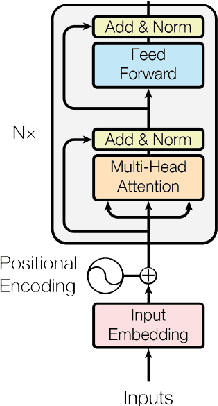Multi-lingual Intent Detection and Slot Filling in a Joint BERT-based Model
Paper and Code
Jul 05, 2019



Intent Detection and Slot Filling are two pillar tasks in Spoken Natural Language Understanding. Common approaches adopt joint Deep Learning architectures in attention-based recurrent frameworks. In this work, we aim at exploiting the success of "recurrence-less" models for these tasks. We introduce Bert-Joint, i.e., a multi-lingual joint text classification and sequence labeling framework. The experimental evaluation over two well-known English benchmarks demonstrates the strong performances that can be obtained with this model, even when few annotated data is available. Moreover, we annotated a new dataset for the Italian language, and we observed similar performances without the need for changing the model.
 Add to Chrome
Add to Chrome Add to Firefox
Add to Firefox Add to Edge
Add to Edge